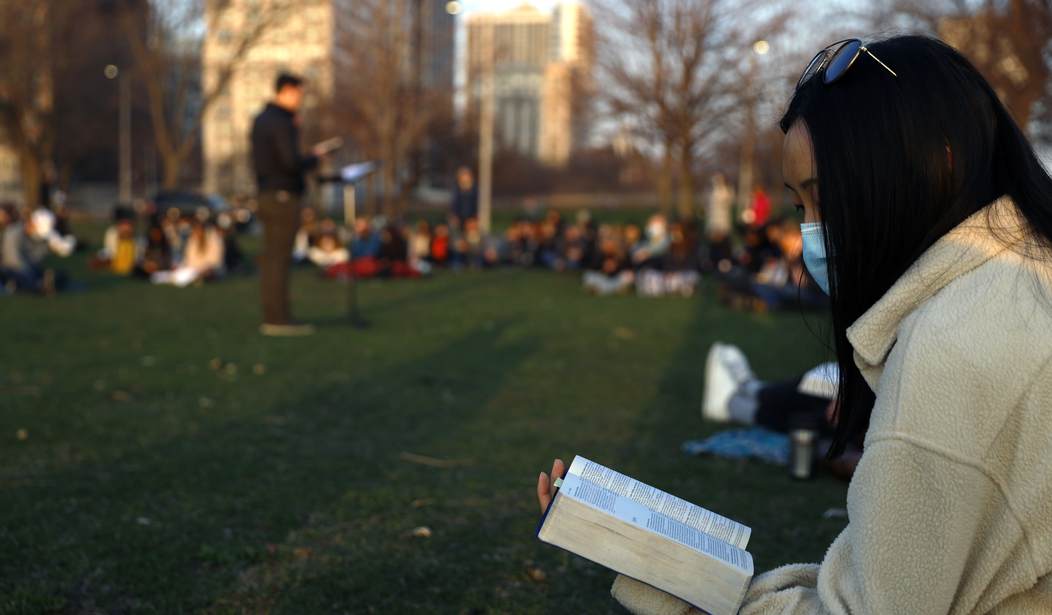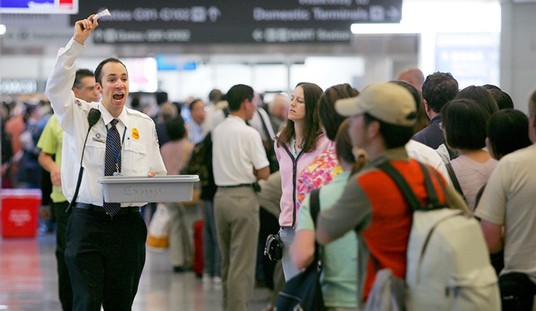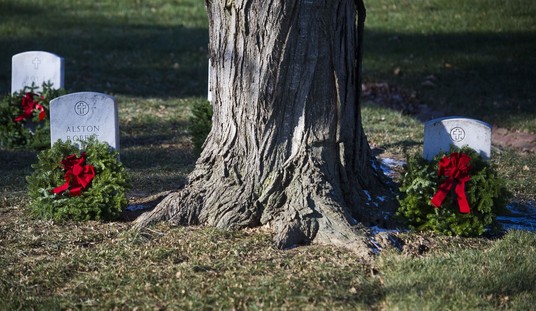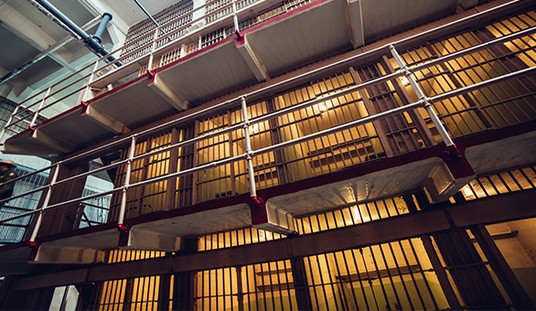The opinions expressed by contributors are their own and do not necessarily represent the views of RedState.com.
Santa Clara County, California, which is located in Silicon Valley, was one of the harshest when it came to imposing and enforcing COVID-19 lockdown orders. Shortly after the pandemic began, it was one of the first that enacting shelter-in-place orders and forcing various types of businesses to close. Now, a new report about a church’s fight against the county has revealed just how draconian the local government became in its effort to enforce compliance with onerous laws that were strictly, and inconsistently applied
Journalist David Zweig, in a post on his Substack, details the conflict between San Jose’s Calvary Chapel and the county. The church has filed a lawsuit alleging that through its COVID restrictions, the county violated the constitutional rights of churchgoers and members of the church staff. The county has also filed suit against the church, seeking to collect monies from the levying of fines related to mask mandates and other rules.
The report notes that on May 24, 2020, pastor Mike McClure publicly announced that he would be reopening his church the following week — even if the lockdown mandates remained in place. “After two months of isolation, many congregants were teetering toward despair,” Zweig writes. “They were suffering greatly from loneliness, depression, and crippling anxiety — the church was their community, and returning to the normalcy of its rituals and in-person fellowship was vital for their mental, spiritual, and physical well-being.”
After McClure reopened his church, and began being targeted by the county, the church filed a lawsuit in federal court in June 2020 alleging that the restrictions were a violation of “a list of constitutional rights.”
The county filed a lawsuit with the state of California in October 2020 against Calvary Chapel, for “flagrantly and repeatedly” violating the numerous COVID-19 restrictions and refusing to pay fines. Indeed, Zweig notes that that county imposed over $2 million in fines against the church. In fact, the county was one of the most aggressive in issuing fines to various businesses in the area.
“By one analysis, as of March 2021, the county had issued an astonishing $4.9 million in fines to nearly 400 businesses and entities for pandemic rules infractions. By comparison, six other Bay Area counties combined had collected just $82,000,” Zweig notes.
According to Calvary Chapel’s lawsuit, the county launched a “multi-faceted surveillance program” to spy on churchgoers and members of staff on days that services were held, the report notes.
Santa Clara County’s crackdown involved creating a Business Compliance Unit of 10 or more law enforcement officers, issuing statements asking residents to report on individuals and organizations that did not comply with restrictions, and granting confidentiality to those who chose to rat out their neighbors.
In August, 2020, the county served the church with a cease-and-desist order for having indoor gatherings, failing to enforce mask mandates, failing to use social distancing, and not making sure nobody was singing.
“So began a series of issuances of fines for violations every single day, beginning in August, and running through the spring of 2021,” Zweig wrote. “The fines began at $1,000 each. Per the terms of the public health order, there was no grace period, and the amounts doubled each day that the violations were not corrected until a maximum of $5,000 per day was reached. By October 27, 2020, the county had already fined Calvary $350,000.”
Law enforcement officials with the Business Compliance Unit started conducting routine surveillance of the church on August 23. They entered the facility to observe the congregation’s conduct. They returned with a Notice of Violation for breaking the rules, but were asked to leave the premises.
Since the church would not allow the officers to be physically present in the building, the officers made an agreement with another church next door allowing them to “set up camp” for their surveillance operations. The officials “conducted dozens of stakeouts” in which they spied on Calvary Chapel through a chainlink fence.
In November, a judge issued a temporary restraining order which allowed the officers to enter the property. The officials monitored prayer groups, children in daycare, and others. Keep in mind that the church regularly livestreamed its services, meaning that the government could have monitored the goings-on from online.
Then, the county got even more Orwellian. It began tracking cellular mobility data to identify how many individuals were attending the church. The county paid a firm called SafeGraph to gather the data. After the Supreme Court struck down the state’s ban on gathering in churches, the county dropped its complaint against Calvary Chapel. Now, it is “only” suing for violations of mask mandates and is seeking $2.78 million.
What is even more egregious about this situation is that plenty of other businesses, including liquor stores, were allowed to remain open, albeit in a limited capacity. However, Santa Clara claims it did not specifically target houses of worship. In a statement given to Fox News Digital, the county said its health officer “never issued any restrictions specific to churches or religious institutions whatsoever” and that the “public health measures” it enacted were “uniform and identical according to the health risks of the activity occurring.”
Now that the COVID era has come to an end, more information has been emerging detailing what government at the local, state, and federal levels were up to when it comes to threatening the natural rights of those under their rule. Santa Clara might be one of the more extreme counties, but it is not a stretch to speculate that many others engaged in similar activities.
But what is most crucial is how these cases are handled in court. The damage that was inflicted while the pandemic was in full swing has already been done. If the courts uphold the government’s authority to place onerous restrictions on their citizens, there might be nothing to keep them from doing it again — or even going further. It would send a dire message to the rest of the nation about the lengths to which the government can, and will, go to ensure compliance. This should be a scary thought regardless of which side of the COVID debate one falls on.













